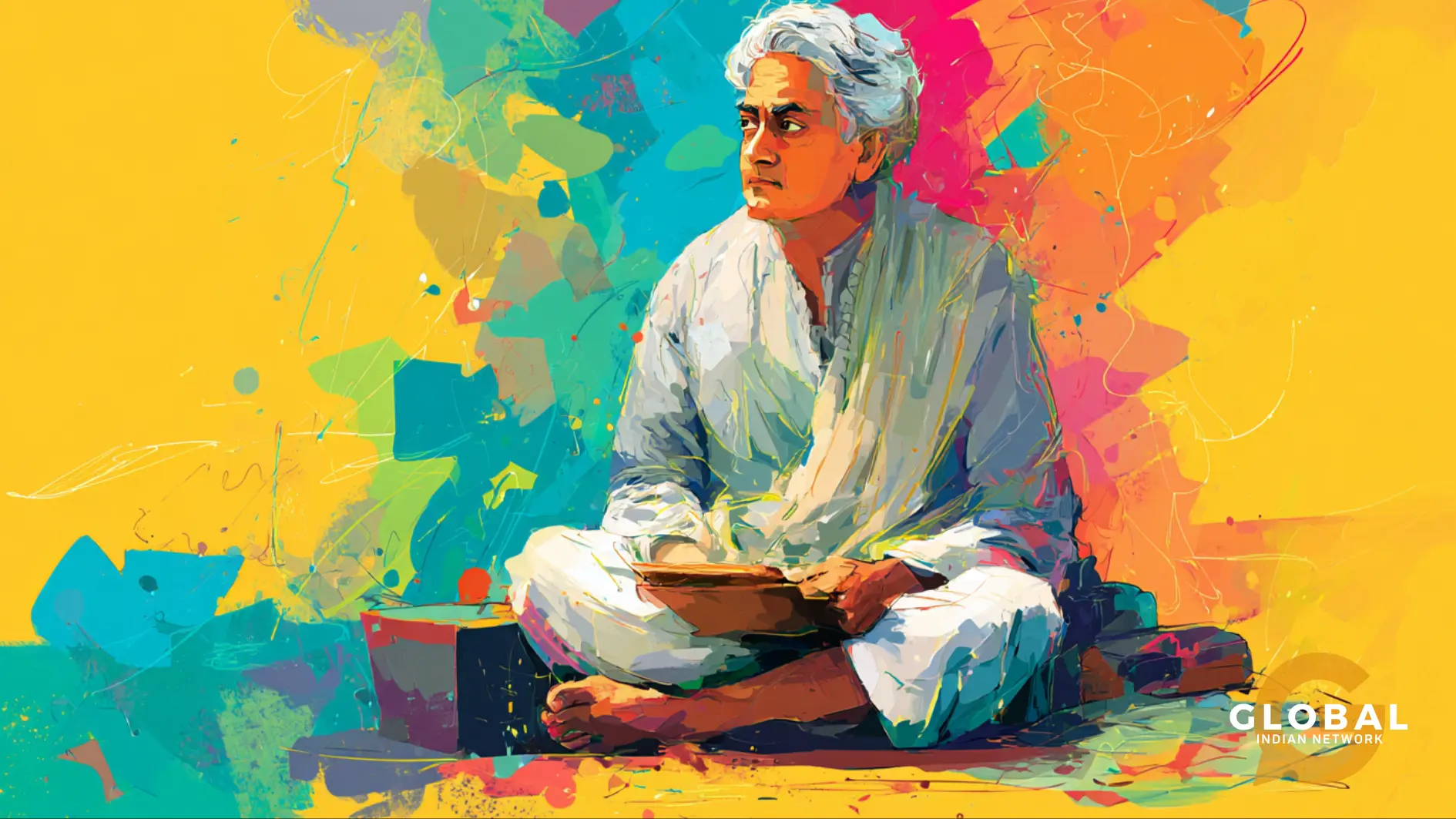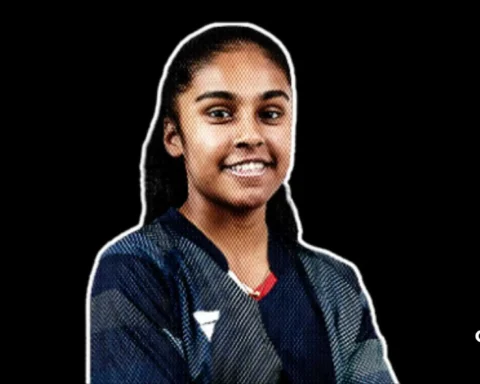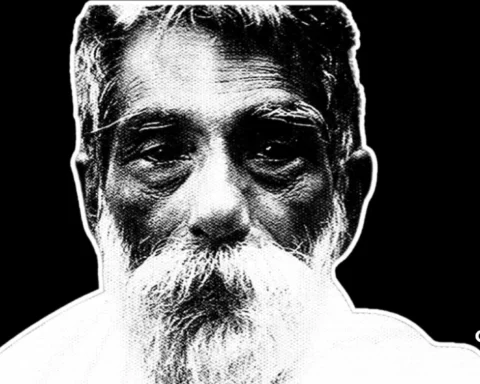“There hasn’t been a single time I didn’t weep my heart out while reading Sarat Chandra Chattopadhyay”– was the first sentence my mother quoted when I mentioned his name. Growing up in a Bengali household, you don’t really ‘discover’ Sarat Chandra Chattopadhyay; you inherit him, from his books that sit patiently in your bookshelves, from the regular conversations with your mom, grandma, and grandpa. The pages that have browned with age, often in the same almirah where family photographs and old letters are kept. Somewhere between overhearing elders discuss Devdas and stumbling upon a dog-eared copy of Parineeta, you realise that Sarat Chandra isn’t just an author in Bengal, but a part of the family’s moral and emotional vocabulary.
Table of Contents
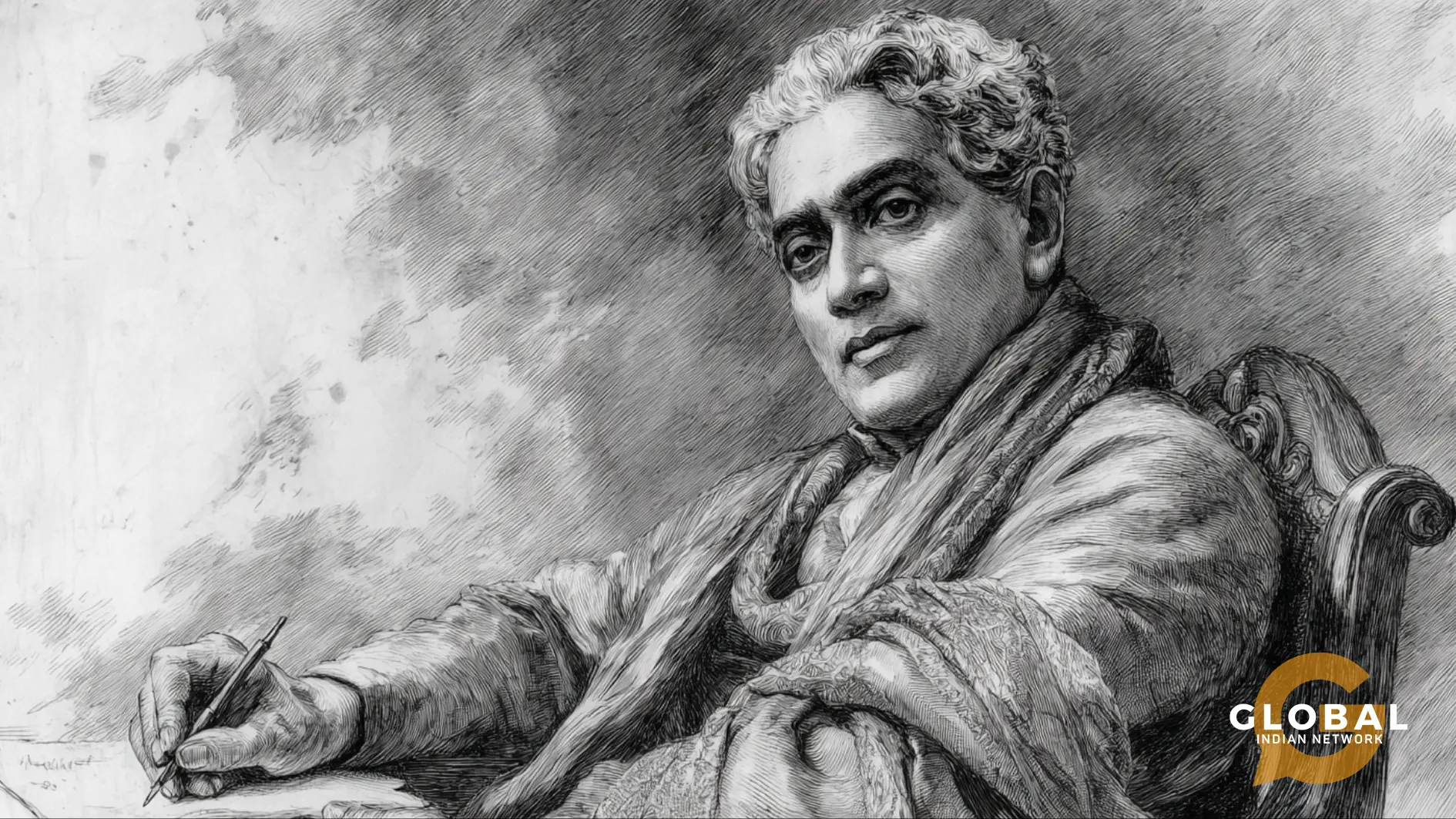
Sarat Chandra Chattopadhyay: A Voice We Recognise as Our Own
Born on 15 September 1876 in Hooghly, Sarat Chandra lived the kind of struggles that many of our grandparents would recount from their own youth- poverty, loss, the weight of societal expectations. Perhaps that’s why his stories feel so real. They aren’t grand epics or essays with huge grandiose and complex words like Madhusudan. They are about people we know.
Abhagir Swarga (The Unfortunate’s Heaven)
My mother narrated to me one of his stories.
Kangali could not remember the last time he had eaten his fill. Hunger and hardship had aged him beyond his years. His father had vanished long ago, leaving only his name behind. His mother, Abhagi – frail, tired, and all bones- was his entire world.
One day, they watched the grand funeral procession of a wealthy zamindar’s wife. Her body, wrapped in silk, was adorned with red alta on her feet, vermilion on her forehead, surrounded by flowers and chants. Abhagi’s eyes tirelessly lingered on the dignity. That evening, she told Kangali, “When I go, I want my feet red, my forehead bright, and you lighting the pyre. Then I will have my swarga– my heaven.” As illness overtook her, Kangali took on the work of a grown man- fetching water, pounding rice, running errands.
One morning, she clutched his hand and asked him if it was possible to find his father and call him once. The little boy obeyed but returned with disappointment. He found his mother lying soulless on the threshold. At the end of the tale, it was seen that the boy alone covered her body with a made-up shroud and dragged her across the riverbank. She couldn’t even get a fire, let alone proper funeral rites. Why? Because she was of a lower caste. The boy of seven to eight years of age took up the responsibilities of a man and learned about the reality of society.

The Women He Gave a Stage To
In our family gatherings, I often noticed how the women- my grandmother, my aunts- would speak with a certain fondness about Sarat Chandra’s heroines. He gave them strength, vulnerability, and voice at a time when society tried to mute them. Through characters in Charitraheen, Bindur Chhele, or Parineeta, he understood them, besides portraying them. Even now, I think of how radical it must have been for women of his era to see themselves so truthfully in print.
A few characters whom I refuse to see as characters but my own people are, Paro and Chandramukhi from Devdas, one who takes her heartbreak and folds it neatly away, wearing her new role with grace, another who abandons her profession, choosing a life of care for a man who can give her nothing but slow self-destruction; Savitri, Kiran Mayi, Surbala, &Sarojini from Charitraheen also Annada didi, Rajlakshmi, Abhaya, Kamal Lata from Srikanta.
The Humanist, Not the Preacher
Sarat Chandra was no fiery revolutionary in the streets, yet his words shook the quiet corners of our minds. He showed us the cracks in society- the pettiness, the hypocrisy, the needless suffering. In Pather Dabi, he touched the pulse of nationalist fervour, yet even there, it was the human relationships that stayed with us.
My elders say that’s why he reached the masses: he didn’t talk down to people or demand they join a cause- he simply threw their own truths back to them. This humanism also came from his deep empathy for outcasts- the poor, widows, prostitutes, rebellious daughters, dreamers stifled by caste or class. He didn’t idealize them into symbols, nor reduce them to cautionary tales. Instead, he illuminated their dignity alongside their helplessness, making them unforgettable.
Sarat Chandra Chattopadhyay knew that the human heart was bigger than any code of conduct. He didn’t want to reform his readers by force. He wanted them to understand others so deeply that change became inevitable. That is why his stories still breathe today- not as fossils but as portraits of humanity.
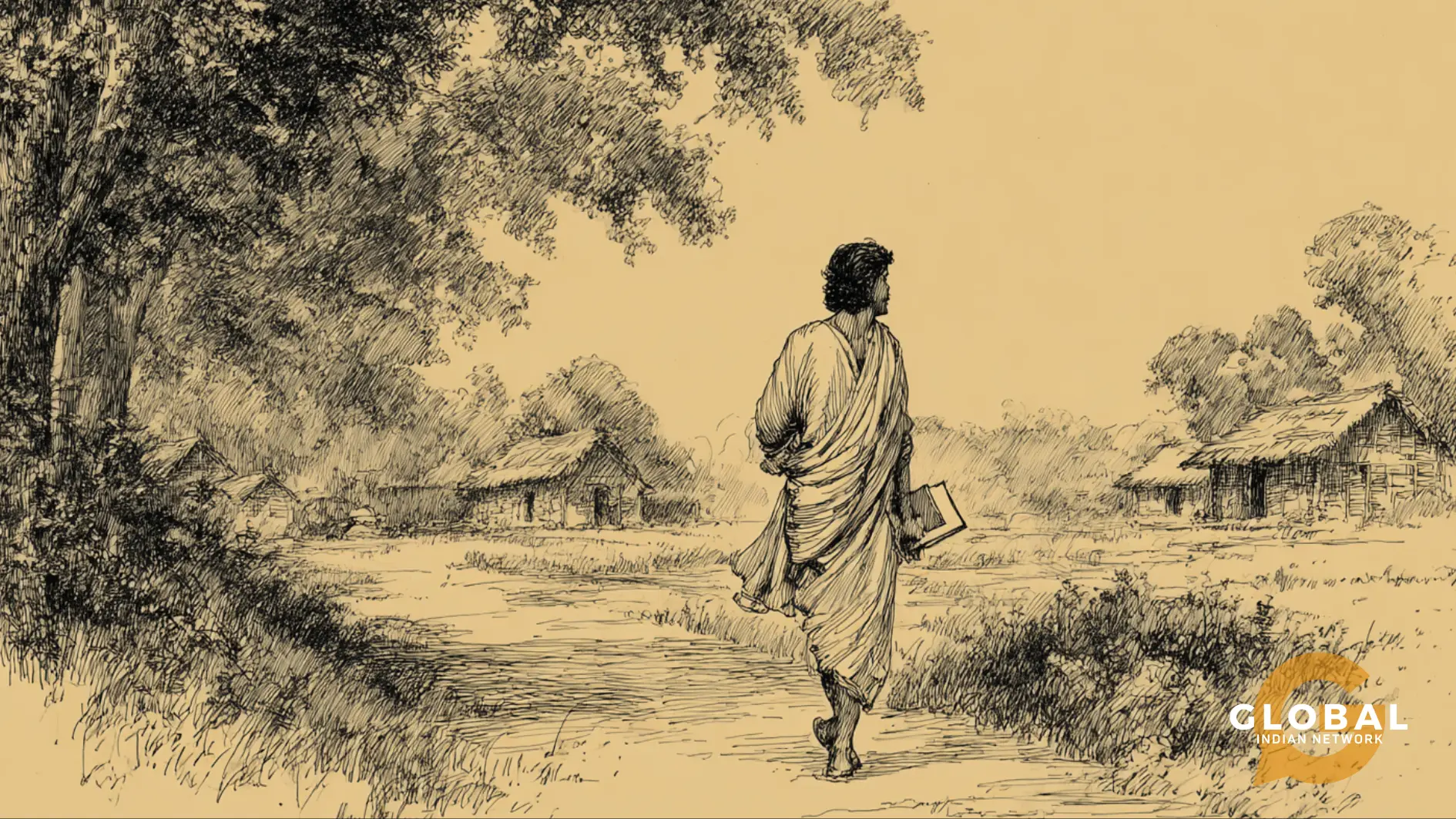
Why Sarat Chandra Chattopadhyay Belongs to All of Us
In my home, his books were read by people who barely agreed on anything else. My grandfather, who loved political debate, and my cousin, who hated reading, could both talk about Devdas. His language was simple enough for everyone, but never shallow. That’s what the genius does! He could speak to the intellectual and the unlettered alike. And maybe that’s why so many of his works became films, retold and reimagined without losing their soul.
Conclusion
Even today, when I pass the local book fair, there is always a stack of Sarat Chandra Chattopadhyay’s novels, some with bright new covers, others in reprinted vintage editions. Teenagers pick them up alongside their favourite modern writers, and elders still buy them to gift at weddings or housewarmings. It feels different and of pride how this ever-evolving world is still celebrating someone who died years ago. They were right – true literature never dies; it stays with you until you die.

FAQs
What was the childhood of Sarat Chandra Chattopadhyay?
He was born in 1876 in Debanandapur, Bengal Presidency, and grew up in poverty. His childhood in rural Bengal deeply influenced his understanding of ordinary people’s lives, which later shaped his writings.
Which love story was written by Sarat Chandra Chattopadhyay?
Parineeta and Devdas are two of his most celebrated love stories, exploring the tension between human emotions and societal restrictions.
What are the other books by the author of Devdas, Sarat Chandra Chattopadhyay?
His works include Charitraheen, Biraj Bou, Grihadaha, Datta, Nishkriti, and Pather Dabi, among others.
Which movie is based on the Sarat Chandra novel?
Many films are based on his works, including multiple adaptations of Devdas in various languages and Parineeta in Hindi and Bengali cinema.
What is the famous story of Sarat Chandra Chattopadhyay?
The most famous story is Devdas, though Parineeta, Srikanta, and Palli Samaj are also highly regarded.




